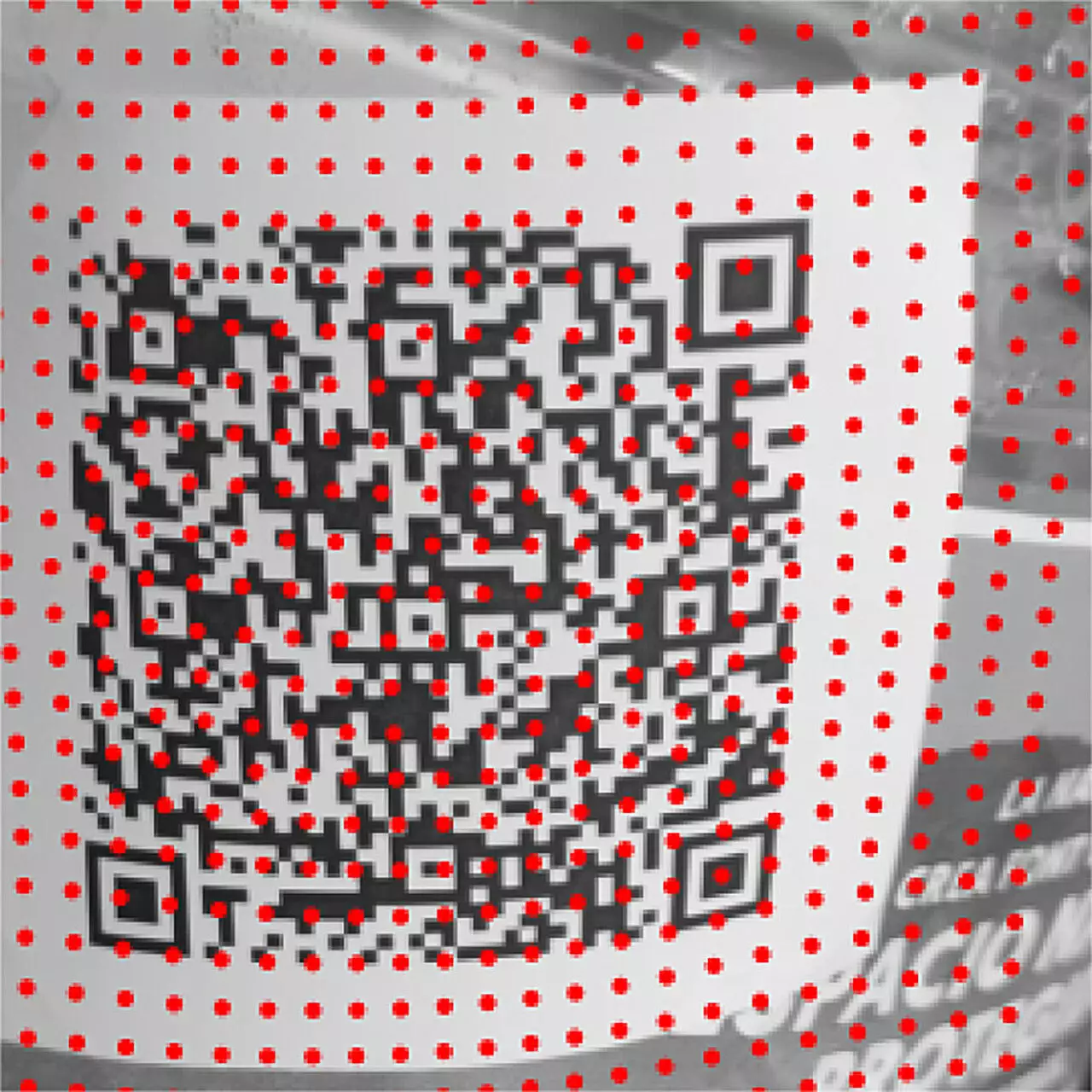In an age where information is imperative to our daily operations, Quick Response (QR) codes have emerged as pivotal tools in bridging the digital and physical worlds. However, the effectiveness of these codes can be hindered by various practical challenges. Despite advancements in mobile camera technology, issues surrounding QR code readability persist, especially in non-standard environments. The specifics of their design and the surfaces upon which they are printed often complicate the scanning process. Research from the University of Barcelona and the Universitat Oberta de Catalunya has shed light on innovative methodologies aimed at improving QR code recognition under these difficulty-laden conditions.
The primary shortcomings in QR code recognition can be chalked up to three main issues: subpar image quality, inadequate print quality, and troublesome surface topography. For instance, one of the most common scenarios where scanning fails occurs when QR codes are printed on irregular or deformed surfaces, such as the cylindrical bodies of bottles or the complex textures of food packaging. According to Professor Ismael Benito, the lead researcher on this project, the scanning difficulties arise from two primary causes: the inherent quality of the camera images and the characteristics of the QR code prints themselves.
In practice, the distortion created by uneven surfaces can lead to misreadings and failed attempts at access. As Professor Benito elaborates, the distance from which one attempts to scan a QR code can also exacerbate such readability issues. Finding the optimal range between 30 and 50 centimeters can be challenging in real-world settings where people are often on the move, and fluctuations in distance can lead to scanning failures.
The innovative methodology developed by the research team aims to tackle these issues head-on by integrating advanced algorithmic techniques. At the heart of this new approach is a novel algorithm that effectively utilizes the inherent properties of QR codes themselves. Instead of being entirely reliant on flat surfaces, this new system adapts to various topographies by analyzing the patterns intrinsic to each code.
By employing mathematical functions known as splines, the algorithm can accurately map and adjust for the varying surface characteristics around each QR code. This flexibility symbolizes a significant leap from previous attempts at QR recognition technology, which often faltered when confronted with non-standard environments. This is not just an incremental improvement; it is a substantial rethinking of how QR codes can be utilized across diverse surfaces.
The Role of Technology in Enhancing User Experience
The implementation of this sophisticated algorithm is expected to revolutionize how QR codes are perceived and utilized in commercial applications. As industries increasingly leverage QR codes for marketing and information dissemination—from event ticketing to product packaging—the demand for a reliable scanning experience grows. The scientists’ focus on minimizing errors and ensuring consistent readability can significantly enhance consumer interaction with digital content.
Moreover, as users become increasingly sophisticated in their tech usage, ensuring QR codes remain secure is paramount. Professor Benito highlights ongoing efforts to fortify the technology against potential attacks that manipulate QR codes for nefarious purposes. This focus on security guarantees that the advancement in QR technology aligns not just with improved usability but also with heightened protection against misuse.
The advent of this novel methodology posits a promising future for QR code technology, especially in scenarios where conventional reading methods falter. As our reliance on these two-dimensional barcodes continues to deepen, innovation must equally progress to meet users’ evolving needs. The research conducted by the University of Barcelona and the Universitat Oberta de Catalunya does more than just add to the academic dialogue; it sets a precedent for practical applications in diverse fields ranging from retail to health foods.
By addressing both the technical and environmental challenges of QR code scanning, we pave the way for smoother access to digital information in a contemporary context where speed and efficiency are paramount. The work of these researchers not only enhances user experience but also potentially lays the groundwork for future developments in smart labeling and information retrieval, underscoring the synergy between academia and industry. As this technology matures, QR codes will undoubtedly become more versatile, solving complex real-world problems while retaining the simplicity and efficiency that made them popular in the first place.

